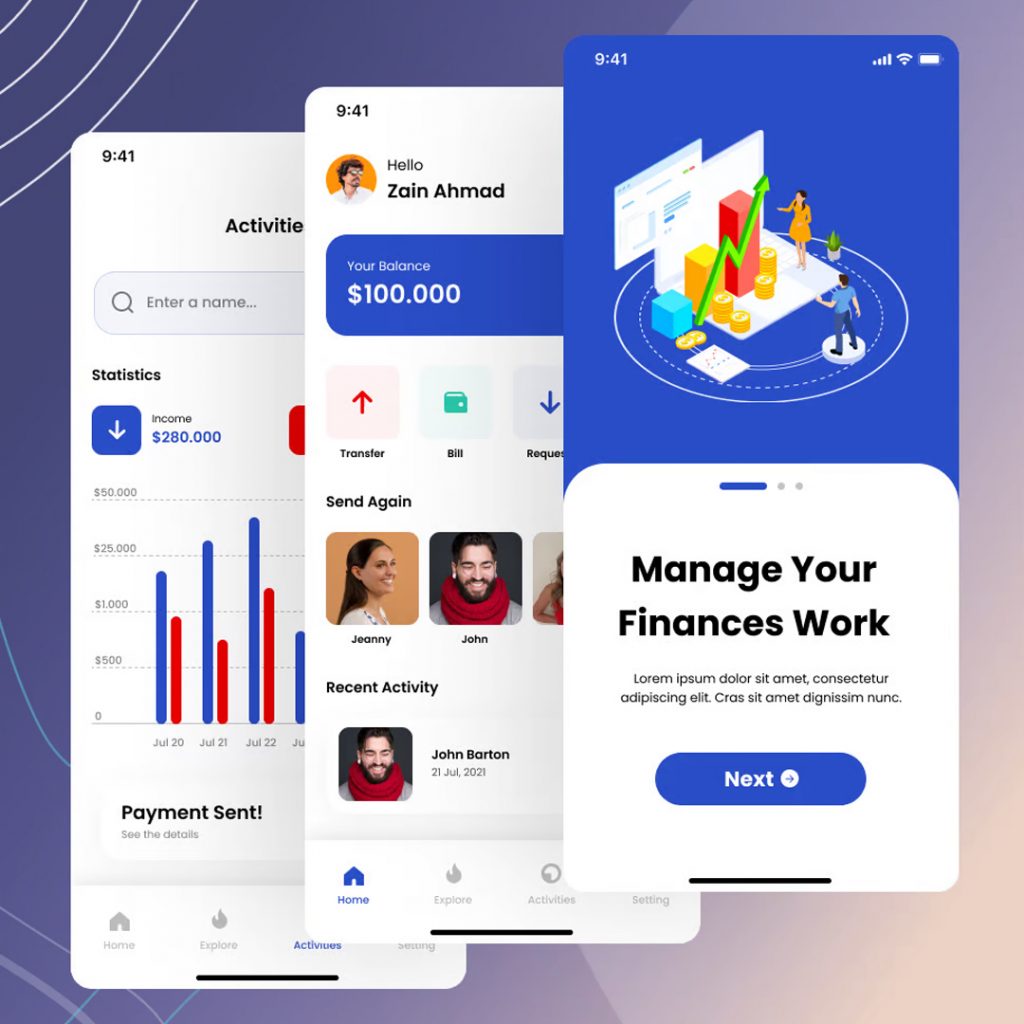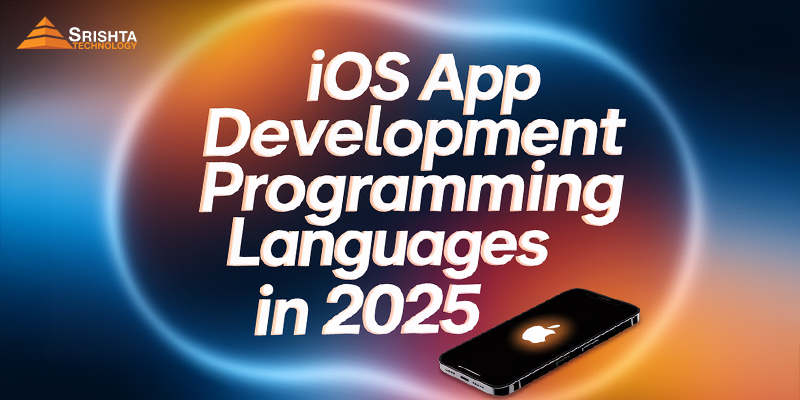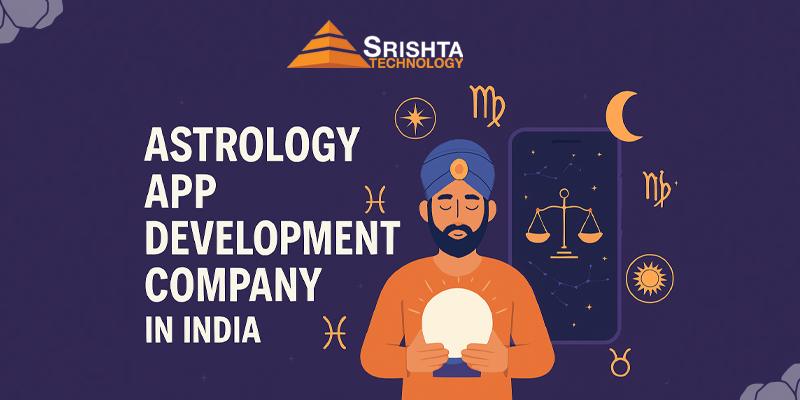The relevance of iOS app development for businesses is more prominent than ever.
With nearly 2 million apps available on the App Store, Apple’s iOS ecosystem stands as a powerhouse for innovation and engagement. At the heart of this ecosystem are Apple’s programming languages and tools, which enable developers to build high-quality applications designed for performance, security, and user satisfaction.
Whether you’re creating a native iOS app or a cross-platform solution, the potential is immense. Tools like Xcode and languages such as Swift are central to modern iOS development, empowering developers to create fast, intuitive, and feature-rich applications. Mastery of these tools is essential for businesses looking to leverage the full capabilities of Apple’s platform and connect meaningfully with their audience.
Why Choose iOS for App Development?
The decision to choose iOS for app development brings numerous benefits, making the platform appealing to both businesses and developers. For one, iOS apps offer an attractive revenue model through various streams such as subscriptions, advertisements, and in-app purchases. This contributes to a high ROI (return on investment), making iOS app development a lucrative endeavour for businesses.

Moreover, iOS enjoys strong market penetration. This allows businesses to leverage iOS apps to expand their reach internationally, tapping into new markets and opportunities. Additionally, iOS app development offers a secure platform that minimizes risks such as phishing and hacking, enhancing transaction safety for both users and developers. These factors make iOS a popular choice for app development, underlining the importance of understanding iOS development languages.
Top 5 iOS Programming Languages
Given the multitude of options available, exploring the world of Apple programming languages can be quite intimidating. However, five iOS programming languages stand out due to their unique advantages and use cases:
Top iOS App Development Languages in 2025
Here are the key programming languages powering iOS apps today:
1. Swift – The Gold Standard for iOS Development
Swift is Apple’s official programming language for iOS, iPadOS, macOS, watchOS, and tvOS. Since its launch in 2014, Swift has become the go-to language for native iOS development.
Why Swift in 2025?
-
Fast, safe, and highly efficient
-
Easy to read and maintain
-
Backed by Apple with continuous updates
-
Perfect for building high-performance apps
-
Wide developer community support
Popular in the UK, US, Canada, and across Europe for enterprise and consumer apps.
2. Objective-C – The Legacy Language That Still Matters
Before Swift, Objective-C was the backbone of Apple app development. While not as popular for new apps, many legacy systems and enterprise applications still rely on it.
Why Developers Still Use Objective-C:
-
Maintains compatibility with older codebases
-
Used in many long-standing iOS apps
-
Offers runtime flexibility and dynamic typing
Especially relevant for companies upgrading older iOS applications.
3. Flutter (Dart) – For Cross-Platform App Development
Flutter, powered by the Dart language, is gaining momentum in 2025 for developers looking to build apps for both iOS and Android with a single codebase.
Why Flutter is Trending:
-
Great UI/UX flexibility with its widget system
-
Faster development cycles
-
Lower cost for businesses targeting both platforms
-
Strong community and Google support
Popular among startups in India, Australia, and North America.
4. React Native (JavaScript) – The Web-to-Mobile Bridge
React Native continues to be a favorite for web developers transitioning into mobile development. It uses JavaScript and allows developers to build apps for multiple platforms simultaneously.
Advantages of React Native:
-
Code reusability for iOS and Android
-
Supported by Facebook and a large community
-
Easy integration with native modules
Widely used in the US and UK tech startups and mid-size businesses.
5. C# with Xamarin – Microsoft’s Take on iOS Development
While not as trendy as Swift or Flutter, Xamarin enables C# developers to create native iOS applications using Microsoft tools and the .NET framework.
Best For:
-
Enterprises already invested in Microsoft tech
-
Cross-platform apps with shared business logic
-
Developers familiar with Visual Studio
Common in enterprise environments in Canada, the UK, and the US.
Whether you’re developing apps in Sydney, Toronto, Mumbai, or Los Angeles, iOS app development offers global business opportunities. Companies are actively hiring developers with Swift and cross-platform experience to tap into the lucrative iOS market.
❓ Frequently Asked Questions (FAQs)
Q1. Which language should I learn for iOS app development in 2025?
Swift is the best choice for native iOS development, while Flutter or React Native are ideal for cross-platform projects.
Q2. Is Objective-C still relevant in 2025?
Yes, for maintaining or upgrading legacy apps. However, Swift is recommended for new apps.
Q3. Can I build iOS apps using Flutter or React Native?
Absolutely. Both allow you to create high-performance apps for iOS and Android using one codebase.
Q4. What tools do I need to start iOS development?
You’ll need a Mac, Xcode, and knowledge of Swift or your preferred cross-platform framework.
Q5. What’s the future of Swift in iOS development?
Bright. Apple continues to heavily support Swift with updates, tooling, and developer resources. It’s the primary language for iOS development going forward.
Ready to Build Your iOS App?
Whether you’re a business in London, a startup in New York, or a developer in Bangalore, mastering iOS app development in 2025 starts with the right language and the right partner.
Looking for professional help?
Srishta Technology – We offer affordable iOS app development services using Swift, Flutter, and React Native, tailored for global businesses. Let’s bring your app idea to life!
Summary
In this comprehensive exploration of iOS app development, we’ve delved into the intricacies of the top iOS programming languages, explored the iOS ecosystem, and discussed the factors to consider when choosing a programming language. We’ve also highlighted the importance of integrating advanced techniques, such as accessibility features, leveraging Apple’s brand power, and prioritizing data privacy and security.
Armed with this in-depth knowledge, you’re now better equipped to navigate the complex landscape of iOS app development. Remember: the right programming language, coupled with an understanding of your project’s scope, your team’s expertise, and advanced development techniques, can significantly enhance your iOS app development process. Whether you choose Swift, Objective-C, or any other language, the key is to focus on app performance and user experience. So go forth and conquer the iOS app development world, leveraging the power of Swift and other Apple platforms to create innovative and impactful applications.






Leave a Reply